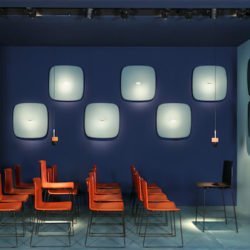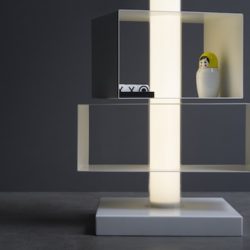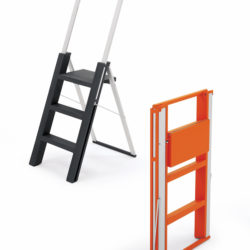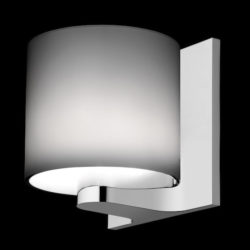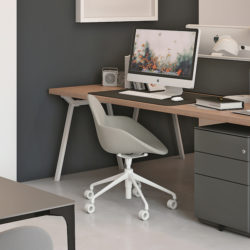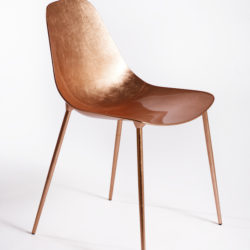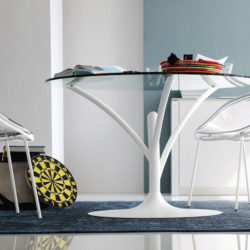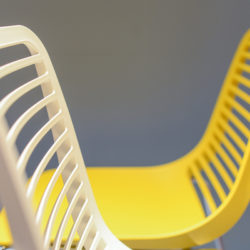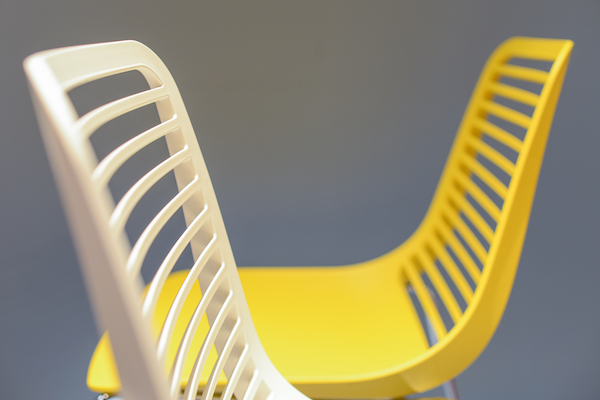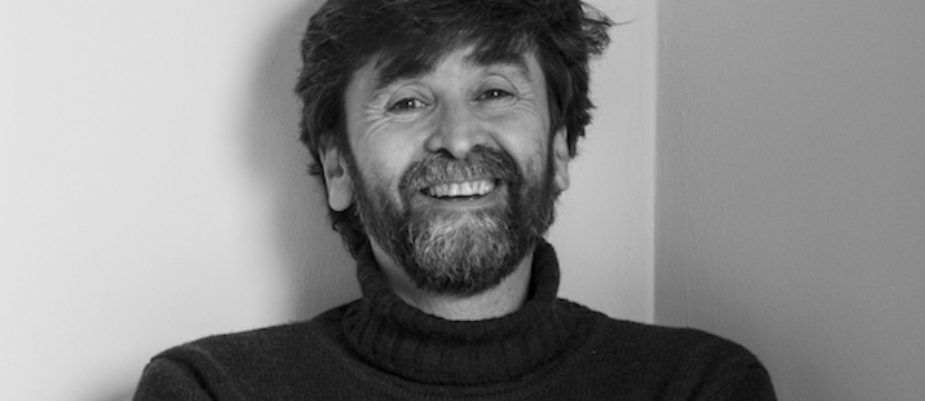
Marcello Ziliani was graduated in architecture at Politecnico di Milano with the Master Achille Castiglioni as a speaker. After working three years abroad, he came back in Italy to work as industrial designer for many important companies and as graphic designer, art director and theatrical scenographer, too.
He loves to listen and to be in tune with things, without any absolutism or indestructible certainties, because in our fluid world very different fields move towards a holistic design dimension.
Which is your design approach? Is it the same with all kinds of companies or does the approach change to the different situations?
I feel like a chameleon; it’s great fun to adjust to situations, to look at things always a little differently, empathize with people and things and listen to them. I don’t like the absolutism and the indestructible certainties, I love to look at things with always different eyes to be in tune with them. That’s my design approach. Then the company takes over the project across the world and I believe that any project is, after all, a desire, a hope of flight.
You operates on quite different markets and fields. Do your analyses show new users life styles and requirements?
I think the most significant change is that now people are aware they are not passive consumers anymore. We users -of commodities, objects, services- are now prosumers. Design thinking and human centered design are honest approaches to the complexity we have to face and a serious manner to give answers.
Captions 1,2,3,4.
Are there any conceptual “contaminations” and common elements among the many design areas you deals with?
It’s rather the annulment of borders, than contaminations. Everything gets fluid and unsettled, the areas we used to work with are becoming incoherent, to give a more and more holistic nature to the project. The kitchen comes in the living room, the bathroom in the bedroom, the living room in the office and the workplace in the house.
The IOT, Internet of Things is pervading everything and changing our behaviours. It triggers contamination and new ways of use of objects.
Lighting and control systems, music and acoustic comfort, heating and insulation, automation and electronics, everything blends and combines in unique configurations by breaking down barriers and opening new scenarios and fascinating perspectives.
Captions 5,6,7,8.
How has the workspace vision changed in the past few years and have these changes an impact on the new interior design and furniture products?
I think that the office is going through a basically cultural change. For many years there have been mostly technical-mechanical changes; performances, comfort and ergonomics were mainly the design goals, but now we are seeing a drastic change in our ways of working. We work standing up at adjustable tables, we shut ourself off deep in meditation with our fetish-tablet, we lie back on sofas drinking teas to hold our meetings, we share temporary coworking spaces that casually connect people, we play, jump, run or cycle while working… all that is very inspiring to the development of projects that respond to such changes.
Captions
1, Snooze Pedrali, sound absorbing panel.
2,Twist&Light Natevo, lighting bookcase .
3, Flo Magis, folding staircase.
4,Tilee lamp, Flos.
5, Cookie Infiniti chair for light office.
6,Mammamia chair Opinion Ciatti.
7, Acacia table Calligaris.
8, Mini chair, Parri.


